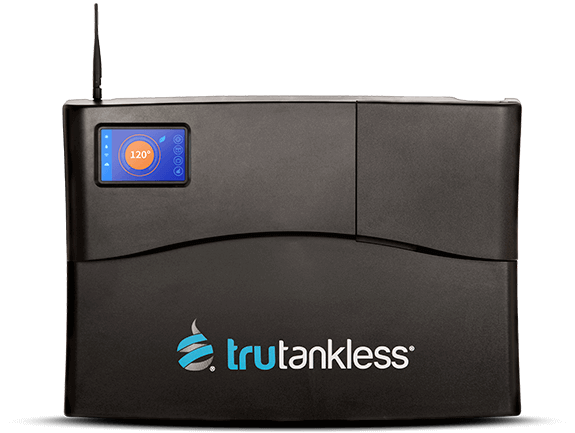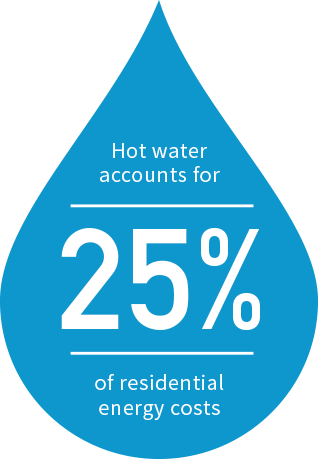
Performance Meets Efficiency
Our trutankless electric tankless water heater employs highly accurate sensors, robust solid state electronics, and proprietary software to power one of the most efficient heat exchangers ever produced.
Smart Features
A convenient app (iOS + Android) allows for remote settings, notifications and monitoring to ensure safe operation, trutankless models are compatible with existing home automation and energy management systems.



Your Tank Is Terrible
- OUTDATED: They’re based on 100 year old technology.
- WASTED ENERGY: Working 11 hours a day even in the absence of hot water demand.
- MISUSED SPACE: Storing 40-80 gallons of hot water takes up valuable space.
- OWNERSHIP COST: Need to be replaced every 7 to 10 years.
- ANNUAL EXPENSE: $8.1 billion could be saved if American families switched to tankless heaters.
- SAFETY: Corrosion, leaks, scalding and explosions can be hazardous to your family.
- HEALTH: Avoid using old water contaminated with rust and bacteria.
- FAILURE: Tank failures result in leaks and structural damage.

